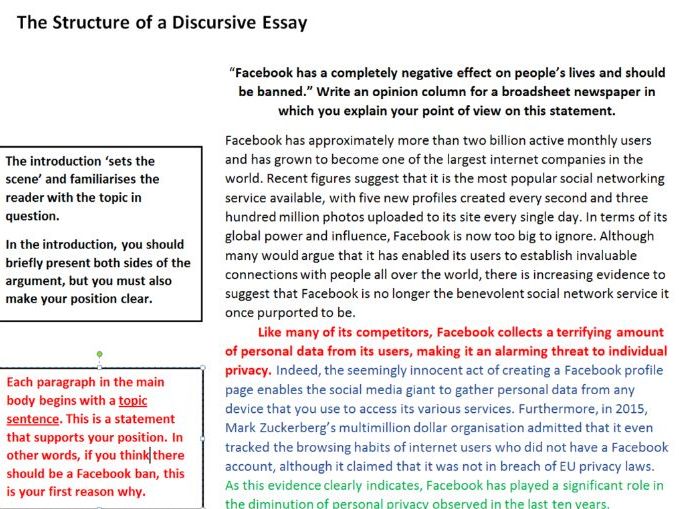SD English
Thank you for visiting my shop. My aim is to provide high quality teaching resources that reduce the need for hours of planning and help learners to achieve their potential in English and English Literature. Please feel free to email me at sdenglish18@gmail.com with any queries, requests or comments.























